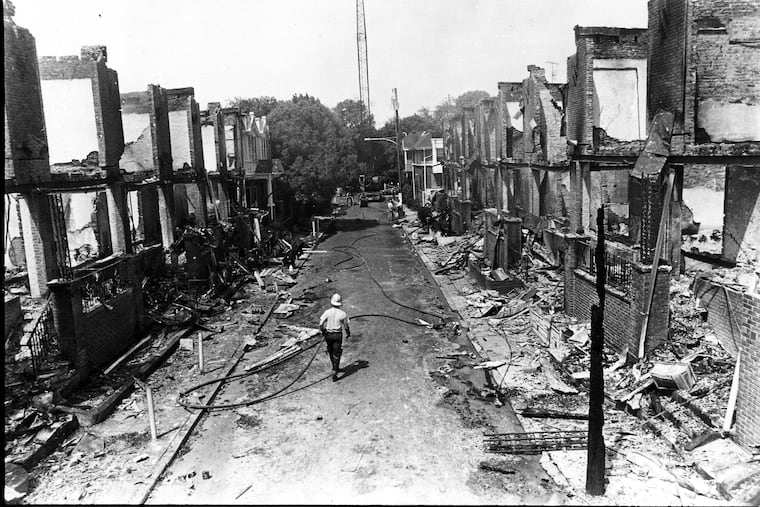Small landlords require assistance with rising costs.
Recent research conducted by independent housing policy experts has highlighted a troubling trend in the five boroughs of New York City, revealing that residential buildings with a high concentration of rent-stabilized apartments are facing significant economic distress. This phenomenon has primarily impacted small property owners, who find themselves grappling with soaring operating costs that far outpace rental income.
In light of these findings, there is a pressing call for the New York City Rent Guidelines Board (RGB) to implement substantial rent increases during its upcoming meeting. The recommendation centers on approving increases for one- and two-year leases of rent-stabilized apartments at the upper end of the preliminary range proposed last month. Stakeholders argue that failing to authorize these adjustments could push numerous economically distressed buildings beyond a point of no return.
Operations for small landlords have become increasingly precarious. A case in point is a manager of three buildings in under-served neighborhoods in the Bronx, where financial losses are recorded between ,526 and ,575, as operating expenses continue to rise while rental income diminishes. The situation has been exacerbated by the recent city property tax lien sale, which has placed even more pressure on small owners struggling to keep up with their obligations.
Criticism directed at landlords often overlooks the realities of the business environment they operate in. Many property owners contend that systemic issues, such as a supportive housing court system that allows tenants to postpone rent payments for extended periods, contribute to their financial difficulties. These challenges have been further compounded by a mismatch between operating costs, which have surged by 39.1% from 2017 to 2024, and the rent increases that have only adjusted by 14% during the same timeframe.
The crisis facing rent-stabilized buildings is a direct outcome of outdated housing policies that fail to address the financial realities impacting landlords. For example, the low cap on renovation expenditures imposed by New York State has inhibited small property owners from making necessary upgrades to their units, leading to increased vacancy rates and ongoing deterioration of the housing stock.
Advocates argue that while rent freezes may seem beneficial to tenants, they inadvertently exacerbate the financial struggles of small property owners. Calls for the freezing of property taxes and utilities have emerged as a potential solution to ease the burden on landlords.
As the dialogue surrounding the rent stabilization crisis unfolds, the argument remains clear: significant adjustments to rents are essential not only for the sustainability of property owners but also for the stability of the communities they serve. City, state, and federal assistance programs have provided scant relief to small landlords, a situation that has only intensified with rising operating costs and stagnant rental income.
It is apparent that the RGB must reconsider its current rent-setting process, which applies the same criteria to all rent-stabilized properties. A differentiated approach that sets higher adjustments for severely distressed buildings could provide a vital lifeline for many small landlords facing financial ruin. Stakeholders are urging the RGB to act decisively in its upcoming meeting by endorsing necessary rent increases to protect the health of New York City’s rental housing market.
Media News Source







